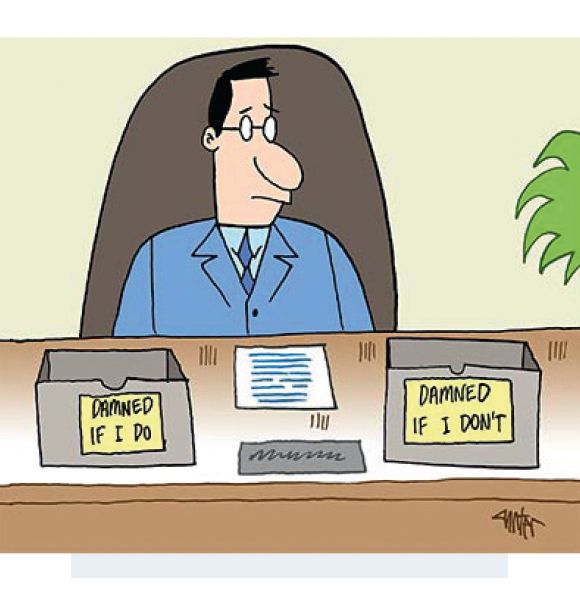We are only a few weeks into Britain’s long goodbye to the European Union and 99 per cent of the story is yet to unfold. One or two things, however, are certain. The first increase in interest rates has slipped even further beyond the horizon in order to cushion us from the economic shocks of the impending divorce. And the gulf between the amount that private-sector “final salary” pension schemes will be able to pay out and the sums they will actually owe has become even more gargantuan than it already was.
These two facts are closely linked. The future obligations of final salary pension schemes (where companies guarantee to pay a lifelong pension linked to the former employee’s earnings) are calculated by reference to the level of interest rates, in particular yields on government and high-quality corporate bonds. These just keep sinking, in the process opening up an ever-growing deficit in thousands of schemes. According to the Pension Protection Fund, whose job it is to take over those that fail and try to protect their members, the total shortfall it could in theory face soared from £294.6bn in May to £384bn in June, just after the vote. Twelve months earlier, it was “only” £209.6bn.
The holes in our pension system are becoming unavoidably large and policy- makers are beginning to stir. There are numerous possible ways to chip away at them including: legislation to allow schemes to give less generous inflation-linked increases in future (an idea mooted to help secure a rescue for Tata’s UK steel plants); regulation that allows schemes to change the way they calculate their future obligations, thereby making the problem look smaller; and bigger cash contributions from the companies that sponsor these schemes to help plug the gap.
Given that some companies were permitted to take “pension holidays” during the 1990s, suspending contributions while their schemes appeared to be in surplus, I suspect that the third option is likely to figure prominently in any proposed solution.

From now on I won’t buy any company’s shares without checking when it last calculated its pension-fund shortfall—recent events show how quickly that picture can shift—and I shall continue generally to favour younger businesses less exposed to this creeping financial paralysis.












